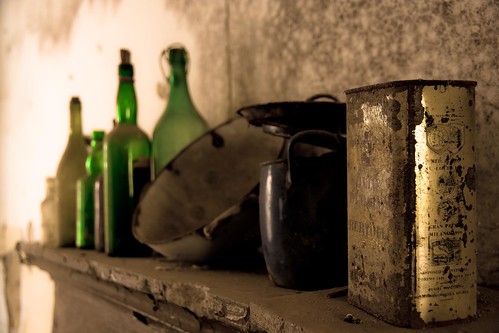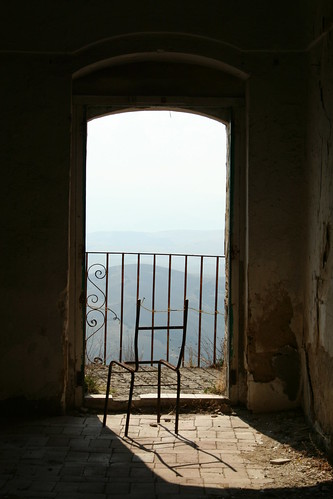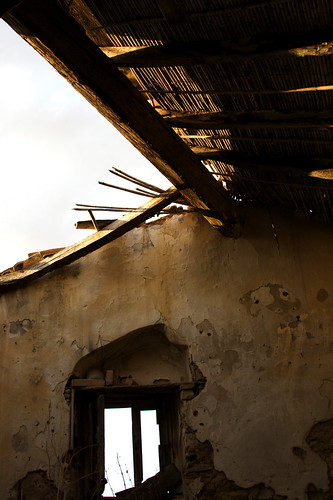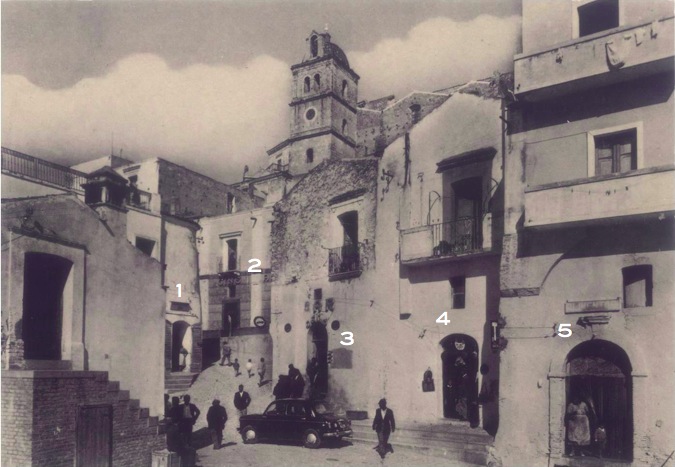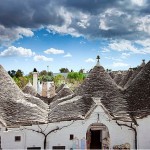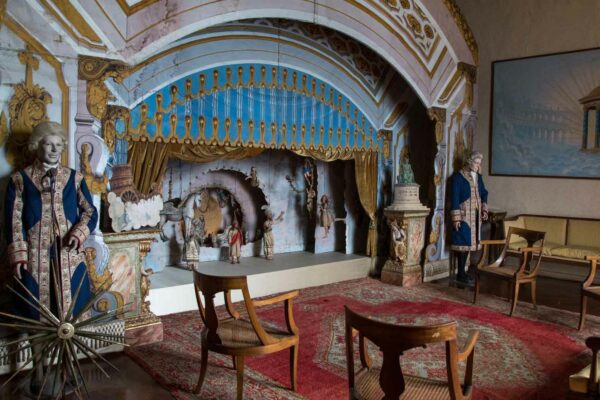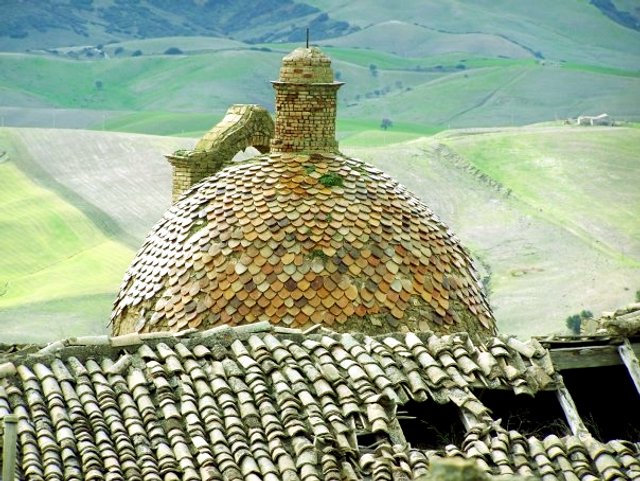
Here at MessyNessyChic, we can’t get enough of abandoned places, can we? It’s what brings us all together, a mysterious passion we share that none of us can really quite explain…
Today’s story takes us to the incredible setting of an abandoned medieval village located in the region of Basilicata, about 25 miles inland from the instep of the boot of Italy.
But how could anyone abandoned this dreamy mediterranean hilltop paradise overlooking the rolling Italian countryside?
Lead image (c) Sweet Italia
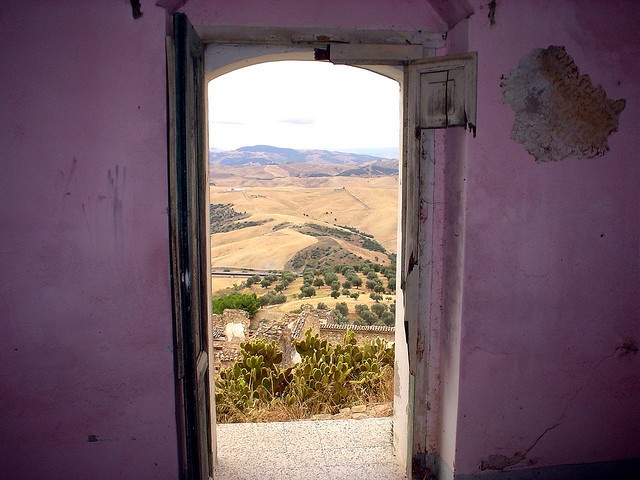
(c) Leo Nddy
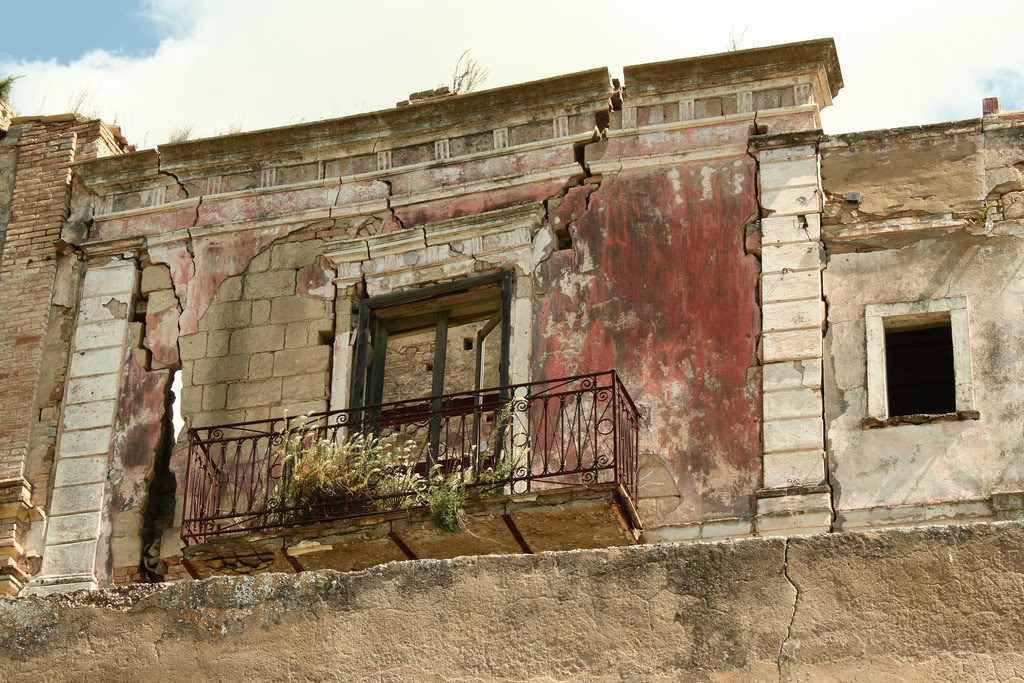
via AbandonadaCidade.com
Craco has been abandoned since 1963. The last of its 1,800 inhabitants left hurriedly after a series of earthquakes and landslides had rendered their beautiful hometown uninhabitable. In the end, nature won back the medieval town.
Today, warning signs line the edge of the town. Craco’s shell is all that is left behind and the crumbling stone ruins appear to be slowly melting into the steep hillside landscape.
Because of its unique and particular landscape, Craco has been the setting of many movies, including Mel Gibson’s The Passion of The Christ. Craco is the town that can be seen in the scene of the hanging of Judas.
(c) Greenery
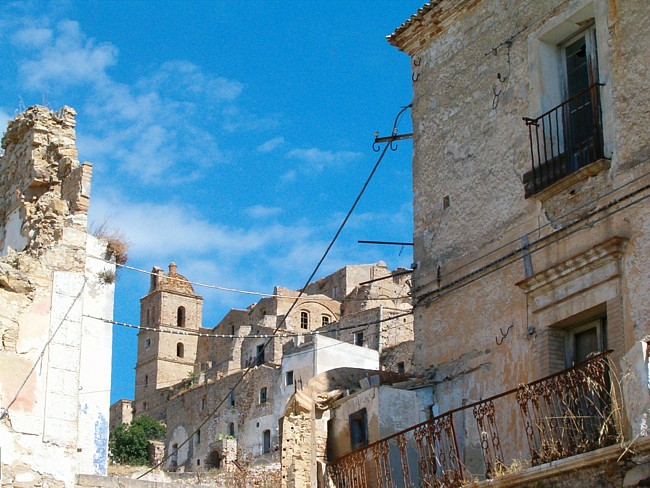
via Sometimes Interesting
Craco’s history reaches as far back as 540 AD when it was known as ‘Montedoro’ under Greek rule and tombs from this period have been discovered on the hill town. In the 12th century, the village was passed over to Italian feudal control and by the 15th century, it boasted four large bustling plazas in the town centre and a population of almost 3,000.
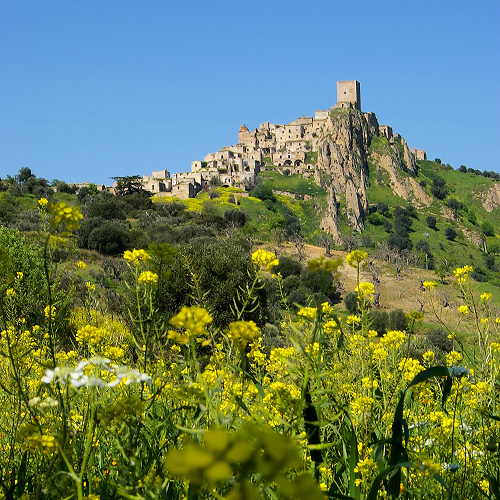
via Sometimes Interesting
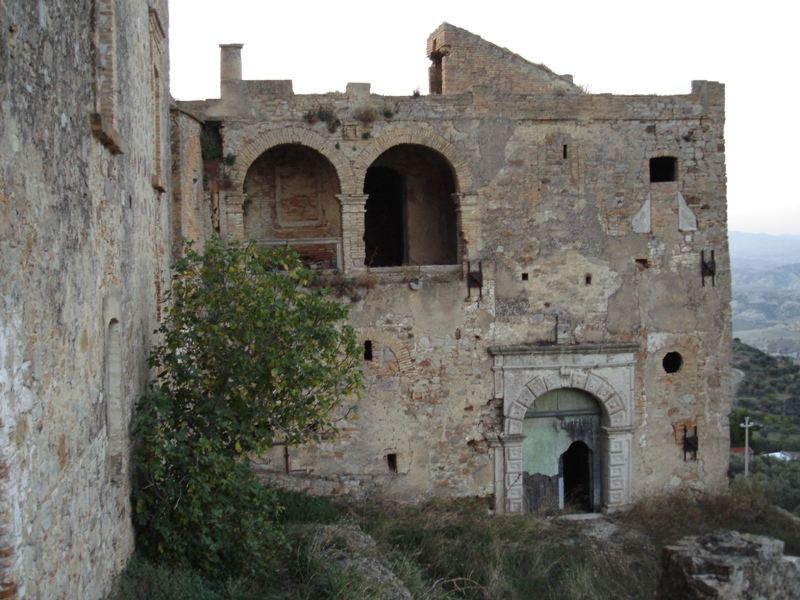
via Cidada Fantasmas
 via Giovanni Calia
via Giovanni Calia
 via Greenery
via Greenery
But Craco’s history went largely downhill from there. In 1656, a plague struck killing hundreds of inhabitants, followed by centuries of civil strife, foreign occupation, poor agricultural conditions and finally, the geological threat that would bring the town to its knees.
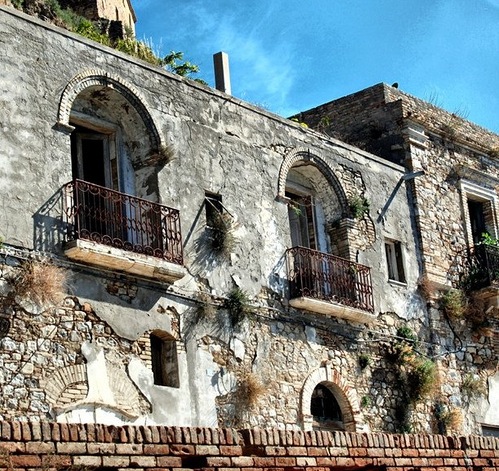
(c) Ivo Spadone via Turista Mestiere
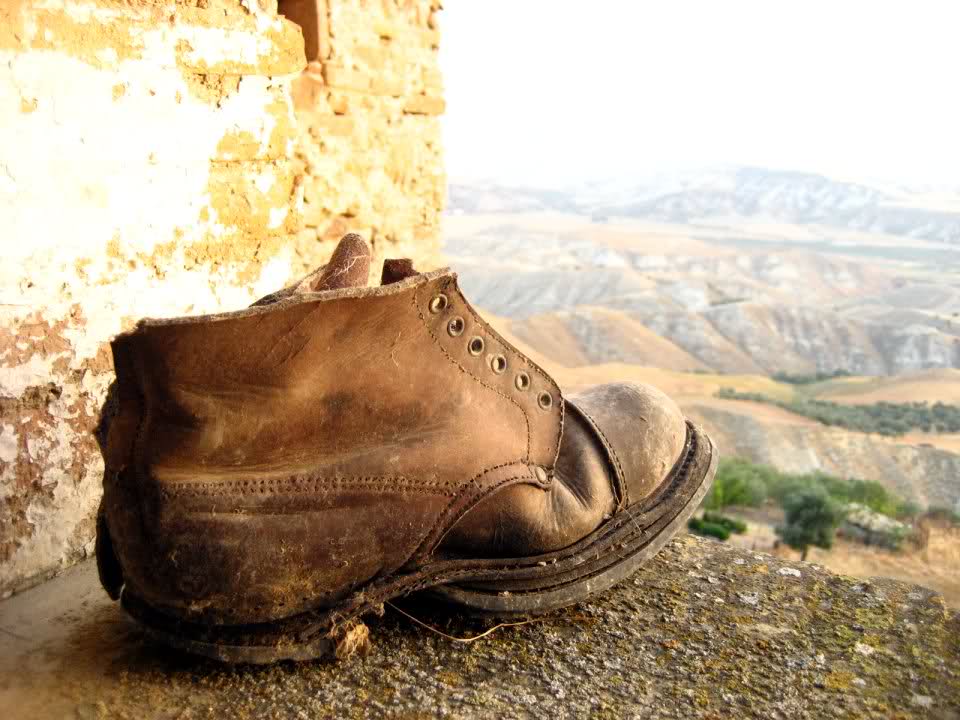
(c) Shezan via Skyscrapercity.com
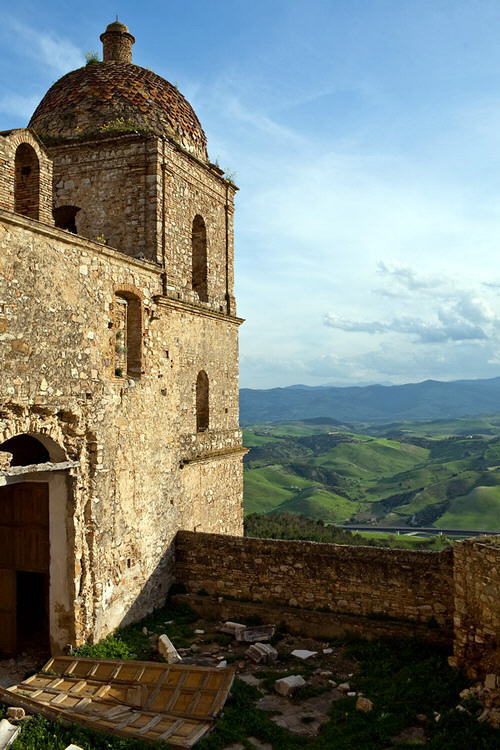
Photo via Dogguie
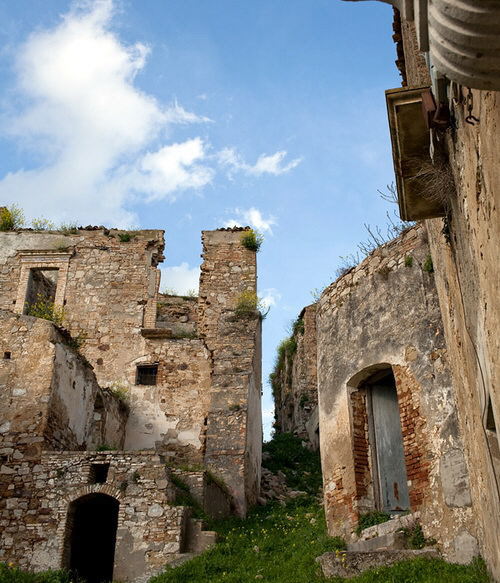
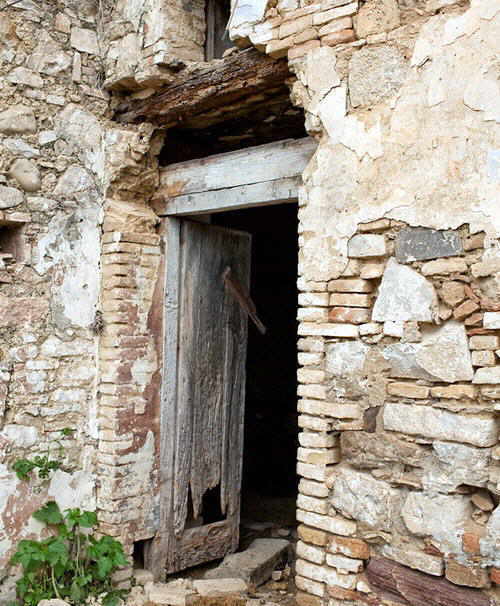
In 1922, Craco lost half of its population to the poor agriculture when 1,300 residents migrated to North America. In 2007, descendents of the town now living in the United States established the Craco Society, an organization dedicated to preserving the culture, traditions and history of Craco. In the summer of 2008, the society organized an inaugural trip to Craco which marked the largest return of descendants ever, with 44 members returning to their ancestral home to learn more about their roots and establish new family links. The current residents of Craco who live in a safer part of the valley welcomed the descendents and the society was also officially recognized by the local government, promising ‘continued goodwill and cooperation for generations to come’.
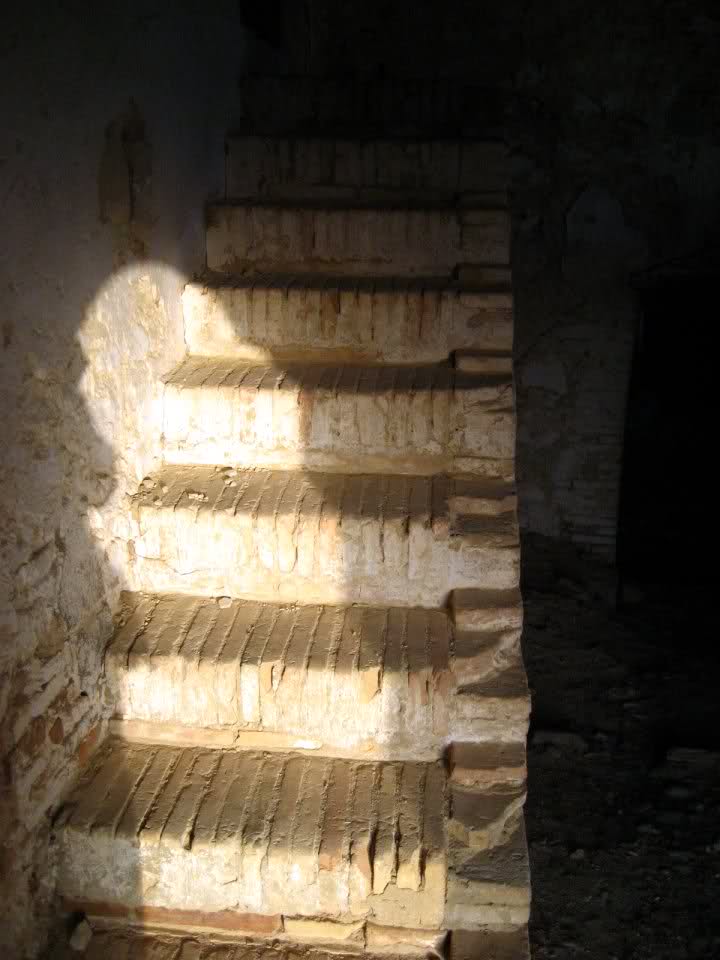
(c) Shezan
(c) Story Travelers
Via Mark O’Falk
One traveler describes his experience exploring inside Craco’s abandoned homes…
Warning signs at the edge of the town forbid unauthorized entrance to the buildings. And if that’s not enough to stop people, perhaps the wall of debris –crumbling old bricks, stones and sharp ceramic roof tiles- might deter them from exploring the dangerous ruins that lie beyond. Despite the warning signs, my curiosity got the better of me and I carefully climbed over the debris. I found myself in the cellar of what used to be someone’s house. I made my way up the steep, uneven staircase, all the while thinking that I should turn back before the building collapses.
(c) Giovanni Calia
Upstairs, there was no furniture and the floors were noticeably clear of debris, which is rather odd since there was no roof overhead. The brilliant sunlight coming in through the roof made the pastel pink, yellow and blue coloured walls of each room seem brilliant, almost too bright to look at without my sunglasses. The far wall of the main room had a gaping crack starting from the top corner and narrowing down to the floor. Beyond the crack was nothing but air, just a view of the endless soft rolling hills in the distance. I felt as though I was inside a Salvador Dali painting. Everything seemed distorted and out of proportion -unreal, to say the least. I didn’t dare step too close to the edge.
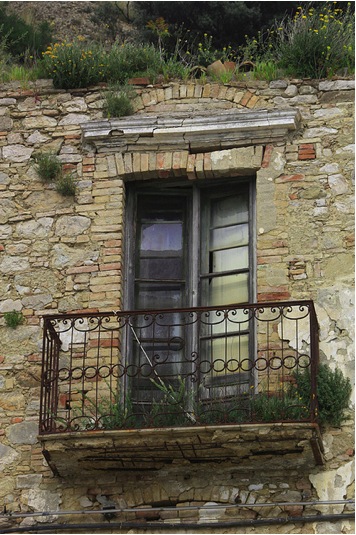
Photo by Aiden Semmens
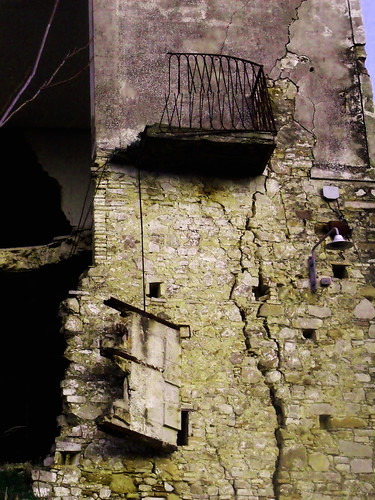
Photo by Nicola Alianelli
The Craco Society also has a website where I found another piece of treasure. The Rinaldi family, members of the society and original descendents of the town helped capture the identity of the buildings in an old black and white photograph of one of Craco’s old piazzas, Vittorio Emanuele II.
1. Deli shop owned by Carmelina Pucci – she had the best mortadella, cheese, and olives.
2. Craco also had a Cinema, that was operational from the mid 1950s and screened such Italian classics as “Catene”, “Il fornaretto di Venezia”, and “Marcellino, pane e vino” .
To the right of the Cinema was a small street with more homes, and a carpentry shop belonging to Antonio Consoli.
3. Bar belonging to Valerio Santalucia.
4. Tabacchino shop belonging to Marcello Pantaleo – sold cigarettes, salt (which could only be purchased under license by the state), newspapers, and other convenience items.
5. Shop belonging to Graziella and Vincenzo Vignola who sold fruits, vegetables, especially legumes and cereals.
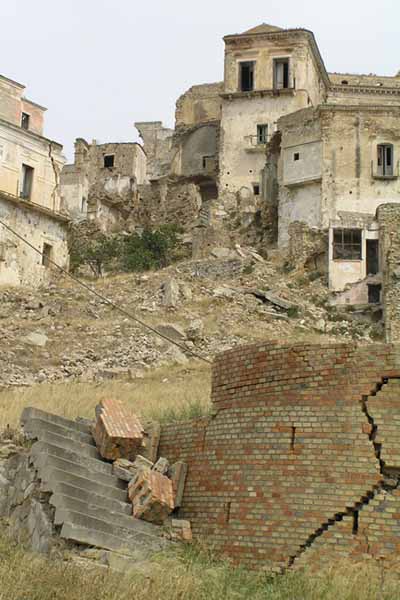
via here
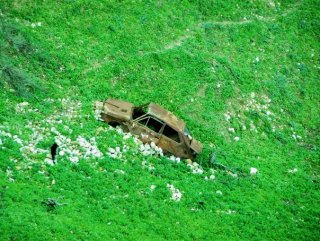
via here
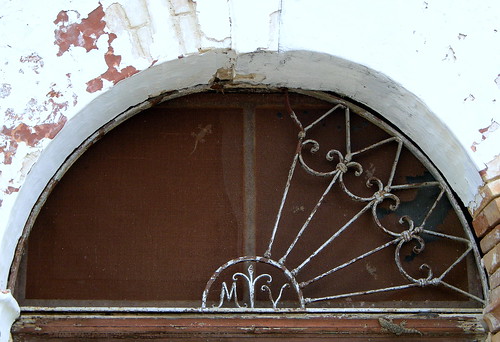
via Son Sonia
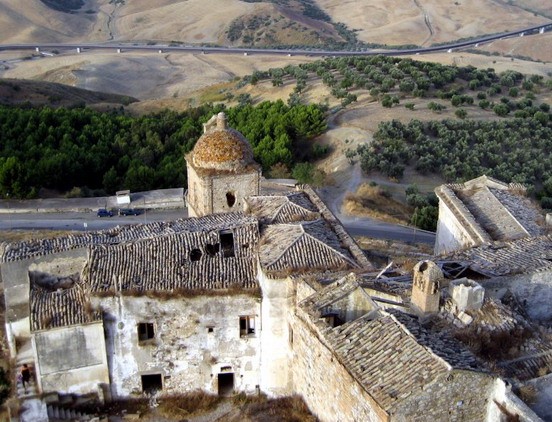
via Sometimes Interesting
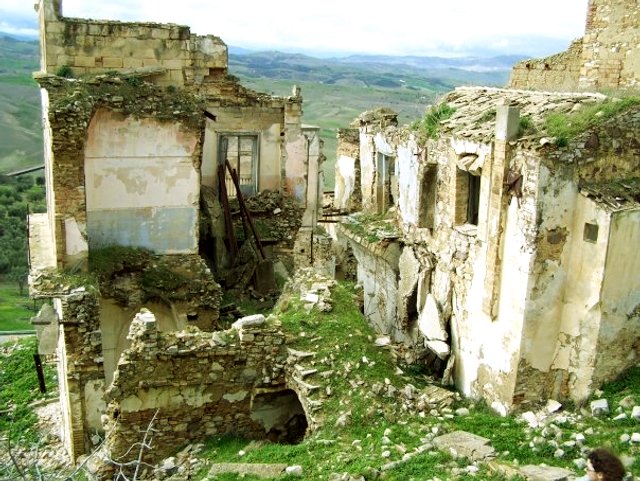
via SweetItalia
What lies ahead for the old town of Craco? Will it’s piazzas ever again resonate with the sounds of market day and the smells of homemade Italian cuisine wafting from it’s kitchens? … Will the light of burning fireplaces ever shine through windows across the storybook hillside against the night sky?
Perhaps one day Craco can have it’s renaissance again…
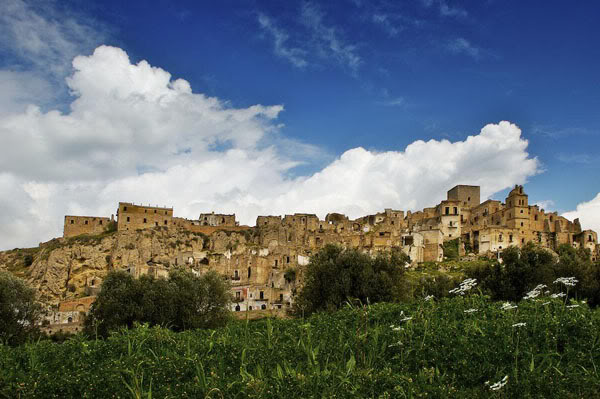
Photo by Cicades Fantasmes
Thanks to the Flickr group, Craco for the wonderful photos



